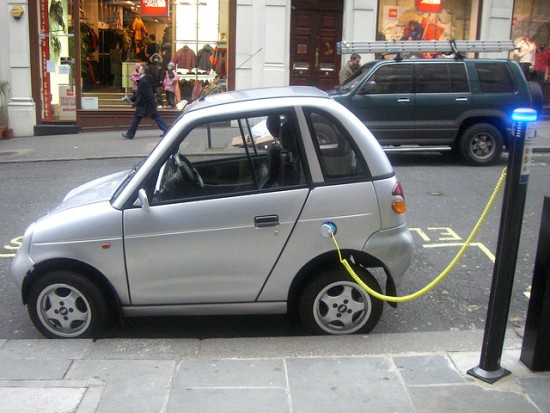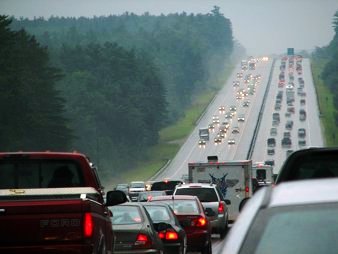
2014 has been a mixed year for the global electric car market. Though electric car sales have shown an upward trend in the 3 major car automobile markets of China, North America and Western Europe, their market shares in these respective markets have fallen behind expectations. This year, the global auto market posted record fuel car sales posting a growth of about 3% over previous year, something that has not been witnessed in decades. This boom subdued the market share of electric cars in 2014 which shrunk from 3.84% in 2013 to 3.66%.
So what went wrong?
Falling gas prices that stabilized temporarily around lower price levels and an improved economy that increased purchasing capacity are believed to have led to higher growth in the fuel car market as compared to the electric car market. For electric cars, the uncertainty around driving range on a single charge seem to have deterred users from adopting the new technology. In effect, this indicates that the prediction that electric cars would start displacing fuel cars is somehow not turning out anywhere close to be true.
California – The biggest market for electric cars
But California, presents a different automobile market altogether. The State recorded an impressive growth in electric car market. As of November 2014, electric and plug-in hybrid cars account for almost 10% of all new car sales, (out of which 1.5% is all-electric share, 1.7% is plug-in hybrid share and 6.4% is standard hybrid share).
This year, California sold its 100,000th plug-in electric vehicle. As of December 2014, California accounts for 40% of national sales of plug-in electric vehicles, therefore, it captures a disproportionately large size of the US electric car market.
What makes California a safe haven for electric cars?
California has been promoting use of renewable energy sources in the mobility space since 1990s. The push for zero emission vehicles dates back to 1990 when the California Air Resource Board (CARB) undertook an ambitious initiative by introducing the Zero Emissions Vehicle (ZEV) mandate that required car manufacturers to produce 2% Zero-emission cars by 1998 and 5% by 2001.
The challenge was taken up by the large auto companies – GM, Toyota and Honda and they came up with technically sound models – EV1 from GM was the first commercially produced electric car, followed by RAV4 EV from Toyota, EV Plus hatchback from Honda and Ford’s Ranger EV pick up truck.
However, the electric car experiment soon started to fizzle out. Car makers demanded a revamp of the ZEV mandate. CARB diluted the zero-emission norms by relaxing the requirement to “advanced technology partial ZEVs”, basically “hybrid” cars. This move by CARB ruffled feathers in the auto industry and Washington.
In 2001, the auto industry claimed that the partial ZEV mandate involved both fuel and electric drive technologies, and since it involved burning of traditional fuel, it amounted to regulation of fuel economy.
In 2002, matters became worse when Bush Administration filed a litigation by claiming that CARB’s partial ZEV mandate was an infringement on its legal jurisdiction, as the fuel efficiency norms were set by the federal government.
In 2003, California had to finally step back and dilute the ZEV norms. The same year, almost all companies abandoned their electric car projects or recalled those already in the market. But by then, the state had already invested in charging stations and other infrastructure needed for electric cars.
California already had a head start in the electric mobility space and is actively investing in charging infrastructure. The State is home to 1,840 public electric vehicle charging stations operated by Tesla, NRG and ChargePoint. This is almost 22 percent of the total in use in the US. The California Energy Commission (CEC) has earmarked special grants to support fast charging infrastructure different EV infrastructure projects in the state.
California has exposure to increased pollution risks but the State has been adamant on putting its fight against all odds. It represents a State that has taken a proactive stand to improve not only its air quality, but also carbon emissions. In 2006, it became the first US state to introduce a law to reduce greenhouse gas emissions. The California Global Warming Solutions Act of 2006 requires a steep reduction in greenhouse gas emissions with a target to achieve 1990 levels by 2020 – somewhat equivalent to taking off 15 million cars off the roads!
With a consistent level of commitment, California is no doubt a popular destination for electric vehicles.
Prepared by ThinktoSustain.com Write to us at editor@thinktosustain.com

















